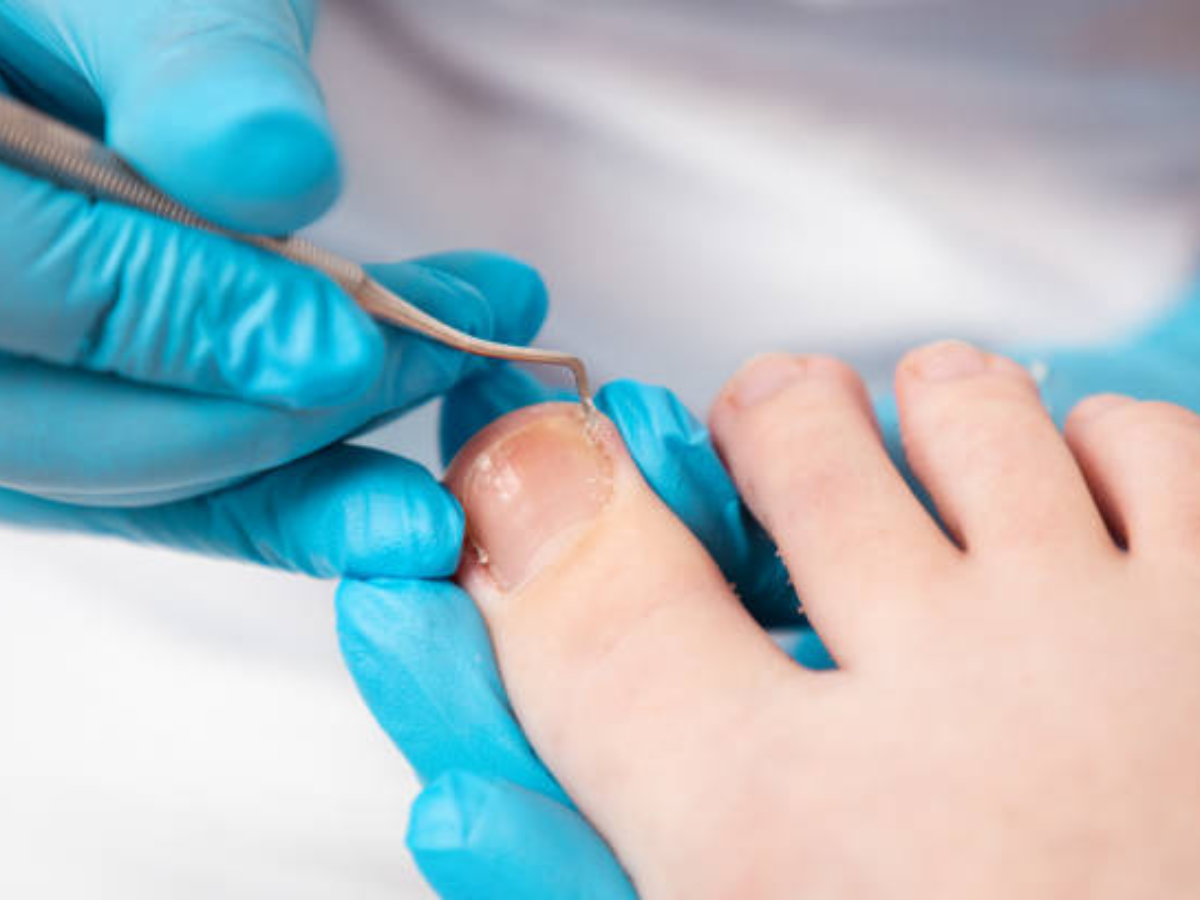Do you have weak ankles?
If you’ve found your ankles giving way when you walk, or you feel unstable on your feet, you may have ankle instability.
Ankle instability is usually caused by repetitive sports injuries such as sprained ankles, more common in certain sports involving a quick change of direction or jumping and landing awkwardly, like netball, basketball and football. It can be caused by injury to the lateral (outer) and/or medial (inside) ankle ligaments and can usually cause strain or stretch.
In severe cases the ligaments can tear or rupture, which can be partial or complete. People often feel like the ankle is giving way or is unstable and may experience a number of subsequent ankle sprains following their original injury. These sprains can occur with just a minor twist or trauma.
Most ankle sprains, if treated early and appropriately, respond very well to non-surgical care, including specific exercises, orthotics and ankle braces. However, in some cases the ankle instability persists and interferes with a person’s activities of daily living. In these circumstances, surgery may be considered.
Surgery is aimed at providing an anatomical repair of the soft tissue structures involved in the injury. Our Podiatric Surgeons will undertake a thorough assessment and examination of your ankles and determine if there are any co-existing instability problems. Often imaging will be obtained to assist in this assessment.



